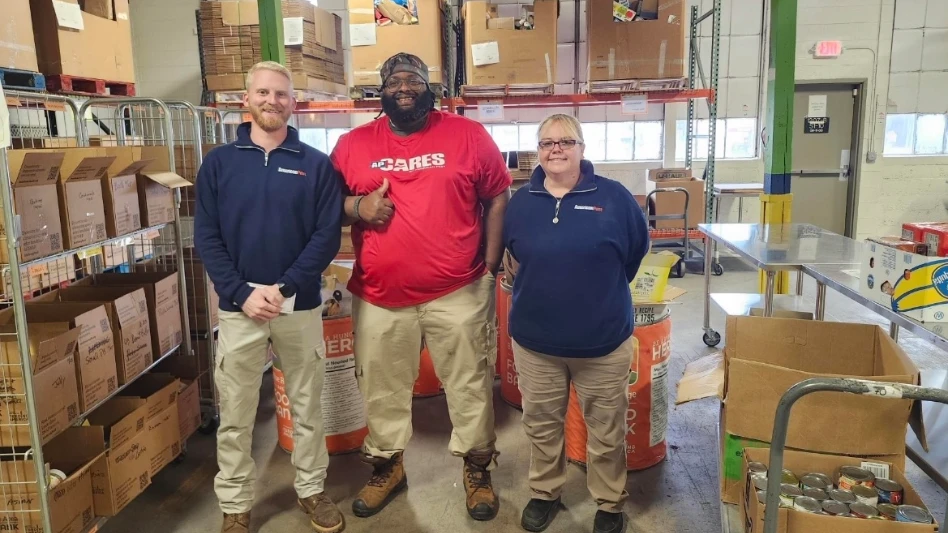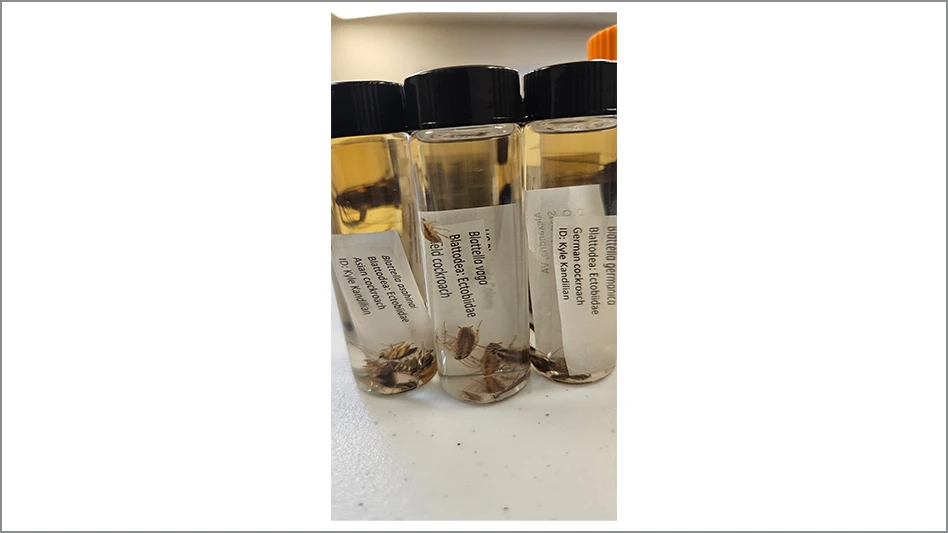
We all know what DNA is: It’s the biological information that makes up who we are. But in addition to standing for deoxyribonucleic acid, DNA also could stand for “do not assume.” Do not assume this will be an easy structure to treat. Do not assume you’ve seen anything like this before. Do not assume all of the termites at this account share the same DNA.
Recently, two termite experts treated a home where they couldn’t assume anything. Why? Because the structure provided something neither of them had seen before: 27 different colonies infesting the landscaping around the home.
Twenty-seven colonies at one site? Yep, you read that right.
“Honestly it was kind of a frustrating site and we were doubting ourselves,” said Neil Spomer, Ph.D., BCE and pest management global biology team leader, Dow AgroSciences. “The site was very uncharacteristic. But everything certainly became more clear once we got the DNA back.”
After Dr. Ed Vargo (who at the time was a professor at North Carolina State University) performed DNA testing on the samples shipped from the home in Tennessee, Spomer and Dr. Steve Murphree, a professor of biology at Belmont University in Nashville who also was working on the project, were shocked to find why it was so difficult to gain control at the site.
“It was exceptional,” Murphree said. “I’ve never seen anything like it before.”
Twenty-seven different colonies of Reticulitermes flavipes and Reticulitermes virginicus were in the landscaping of the single-family, two-story home. Oh, and it wasn’t just any home. It was Murphree’s.
THE STRUCTURE. Fourteen years after Murphree accepted a job at Belmont University, he and his family bought a half-acre lot on which they built a brick home; the home did not have a basement, but did have a crawlspace under the entire structure. Murphree, who earned his Ph.D. in entomology from Auburn University in 1990, had been performing research and testing Dow AgroSciences’ Sentricon for a number of years and found success working with the termite bait system.
“When we built the house in 2005 I told the contractor to not do a standard trench treatment for termites since I knew I’d be doing studies on the house,” he said. “I had had so much success testing Sentricon that I felt confident putting the stations around the house.”
Fast forward to December 2011. The house, which backed up to a wooded area, was being studied under a Dow AgroSciences research and development trial. The firm says it continually runs regulatory trials of the Sentricon System around structures to show the product’s ability to protect structures from termites. This home was a preventive site (meaning termite activity was detected around the perimeter of the structure, but there was no evidence of activity inside the structure).
Two types of stations (baited and unbaited) were used around this structure, which follows protocol developed by the Termiticide Scientific Review Panel. As per protocol, Sentricon stations alternated containing wood monitors and Recruit HD bait.
The site was visited on a once-a-month interval from December 2011 until September 2012. Because no termite activity was found in any station around the structure during the September 2012 visit, inspection intervals shifted to quarterly for the following year. DNA tests were taken during each site visit over the two-year period of this study (until September 2013).
Month after month, researchers found activity in the stations around the structure. Once the DNA reports were analyzed and the researchers discovered the number of different colonies involved, they said they were happy to find that despite this pressure, Sentricon protected the house and prevented termites from entering and damaging the home.
“Even in this worst-case scenario, Sentricon worked great and it continued to protect the structure over this amount of time,” Spomer said. “There can be continued pressure from termites but this structure shows how important it is to keep the system in place. Just because you’ve eliminated the termites it doesn’t mean the structure’s not at risk.”
TAKE-AWAY MESSAGE. This structure had more colonies than either Spomer or Murphree have encountered before or since. But that’s not the only interesting statistic: 545 grams of bait was consumed during the two-year evaluation period, which is the equivalent of 3.63 Recruit HD baits. “But there was plenty of bait around the structure, even with the 27 colonies present,” Spomer said.
So what’s the site like today? You guessed it: The termites are still in the landscape. “I found termites emerging just last year in a stump about 30 yards from the northwest corner of the house,” Murphree said. “They’re still in the area.”
But they’re not in the home. And that’s what Spomer says is the key.
“We’ve been showing for years that termite baiting provides structural protection — it’s not just useful in curative situations but preventative ones too,” he said. “Even under this incredible pressure, Sentricon did what it says it does.”

Explore the February 2016 Issue
Check out more from this issue and find your next story to read.
Latest from Pest Control Technology
- Thomas Pest Services Opens New Office, Celebrates 15 Years in Business
- Bruno Milanese Reflects on Experiences During Hurricane Katrina
- Envu's Horizon Rewards Program
- New Species Being Discovered Faster Than Ever, Study Finds
- NCPMA Announces David Billingsly as Pest Control Technician's School Keynote Speaker
- Velez Promoted to VP of Operations at Victory Pest Solutions
- Guarantee Pest Control's Gary Blankenship Reflects on 50 Year Pest Control Career
- Happy New Year!





